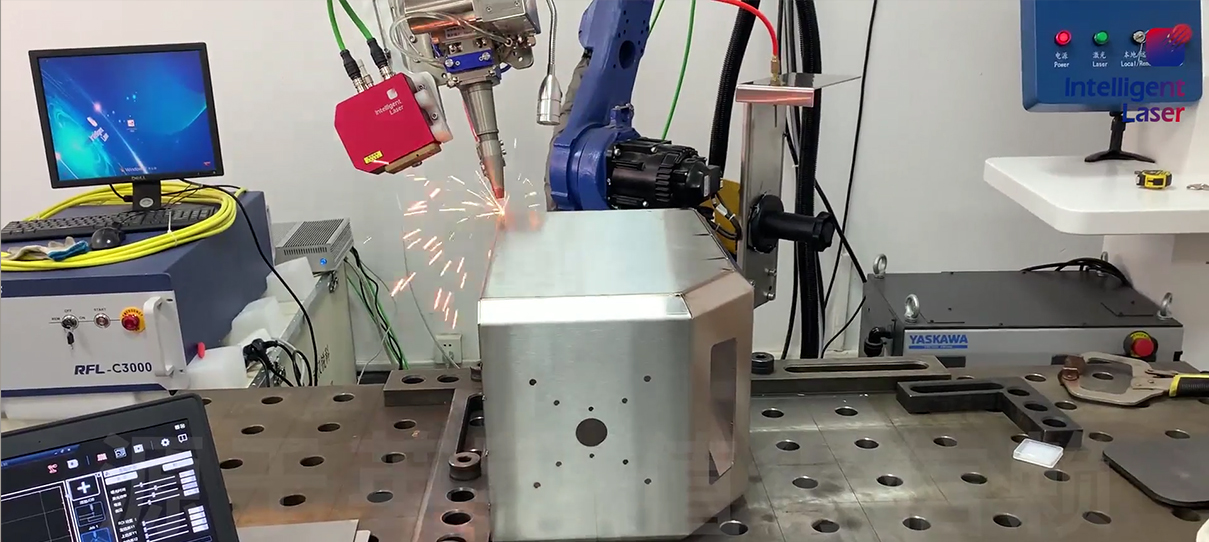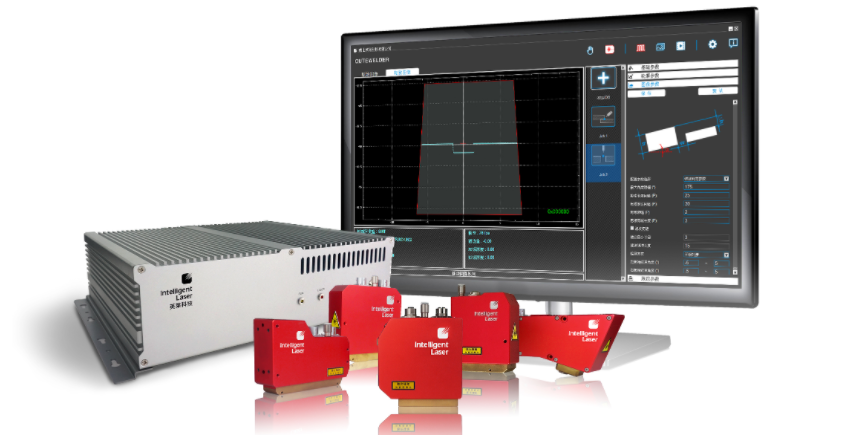Stainless steel is a material commonly used in daily life. With the growth of living standards and market demand, the consumption of stainless steel has been increasing rapidly. Therefore, various products urgently need stainless steel as raw materials. In daily life, thin-walled stainless steel sheets have become widely used materials in production and manufacturing, and the quality requirements for the welding of thin-walled stainless steel sheets are also increasing.
Difficulties in welding thin stainless steel plates
As we all know, due to its small thermal conductivity, about only one-third of ordinary low-carbon steel, and small constraint, thin stainless steel sheets will form uneven stress and strain once the local area is affected by heating and cooling during the welding process. The longitudinal shrinkage of the welded seam will produce certain pressure on the outer edge of the thin stainless steel sheet, which will cause wave-like deformation of the workpiece once the pressure is too large. This not only affects the aesthetics but also affects the quality of the workpiece. In addition, burn-through and over-burning problems may also occur.

(Traditional welding process for thin plates is prone to deformation and burn-through)
The use of robots equipped with laser welding machines can solve the above problems of welding thin stainless steel plates. Its welding thickness is small, which can achieve 0.1 MM. The laser point is small and the heat energy is distributed evenly, with high energy. The heating range of the thin plate is small, almost achieving instant melting and welding. Moreover, all performance parameters can be set and adjusted to meet specific welding requirements of the material.

What to do with "blind welding" of laser welding?
The robot laser welding is good, but this cannot meet the production requirements. In actual production, due to the existence of errors in loading and clamping, and stress deformation, the welding robot working in the teaching mode cannot detect these error changes and will still weld according to the preset path, which will cause welding deviation, waste, and even equipment damage.
Intelligentlaser independently develops and produces laser vision seam tracking system, which is equivalent to installing "eyes" on the robot. It can quickly and effectively detect the deviation between the actual seam and the teaching seam, and control the robot to weld according to the actual seam, effectively solving the above problems.

The Intelligentlaser vision sensor, paired with an ABB robot, is used for thin plate laser welding.
The laser vision seam tracking system from Intelligentlaser has the following advantages:
Rich variety of products that can meet the needs of various industries
Currently available on the market are various series and models of seam tracking systems, including the IL-HSP series, IL-SPD series, IL-SMT, and IL-WFV series sensors, which can be used in the automotive and shipbuilding, steel structure, pipeline, pressure vessel, container, new energy, aerospace, and military industries.

Convenient operation
The control software uses the JOB system, which can effectively manage different welding seam settings and retain the detection parameters for each work condition. The JOB system supports the simultaneous existence of 30 sets of welding seam detection parameters and updates welding detection parameters in real-time according to the robot welding process, making the operation flexible and convenient.
The Intelligentlaser laser vision seam tracking system has passed CE certification, and the laser sensor has an IP65 protection level (customizable to IP67), making it better able to cope with challenges in the customer's actual on-site environment. At the same time, Intelligentlaser has a high-standard production system for vision seam tracking systems, certified by the ISO quality management system, and equipped with a strong delivery and after-sales service system to ensure worry-free project delivery.
